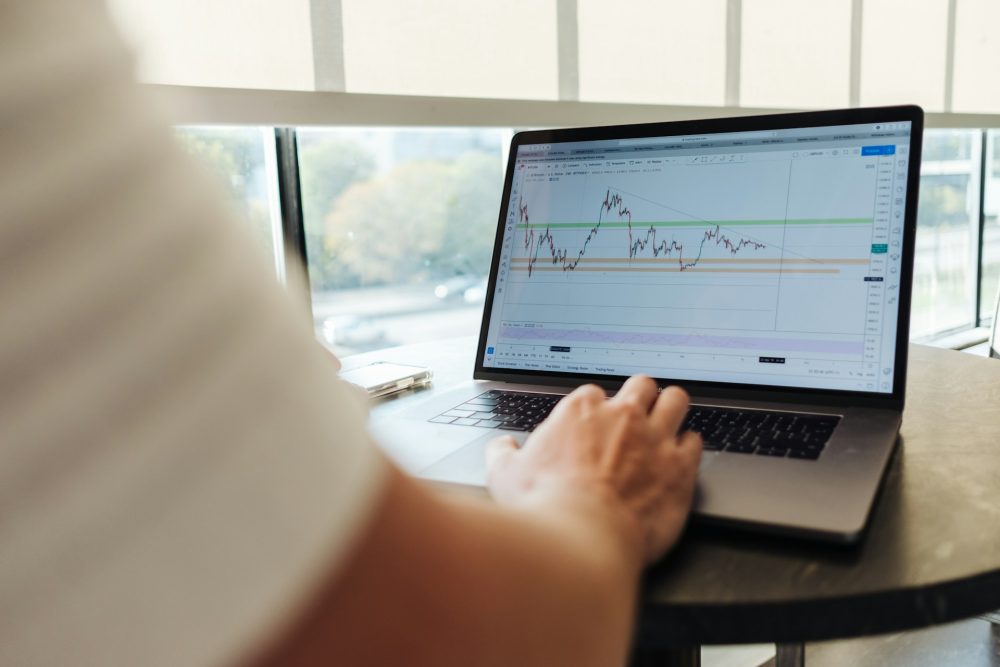Fintech
How the Fintech Sector in Mexico Developed
Mexico is experiencing substantial internal growth in its fintech sector, securing the position as the country with the second-highest number of fintech companies globally, surpassed only by Brazil. This growth reflects a post-pandemic resurgence, with entrepreneurs adapting to the evolving fintech landscape. Projections suggest that by 2025, Mexico will have over 77 million fintech users.

There are two significant years in the history of fintech in the world: 1998, when Confinity, the company that created PayPal, was founded; and 2008, when the first smartphones were launched on the market. In Mexico, the fintech story started in 2005 when PayPal entered the market.
The combination of being able to pay through the Internet, and the fact that a growing percentage of the population has access to cellular data services, has led to the rise of fintech companies (financial technologies).
On the other hand, after the 2008 financial crisis, it became necessary to have more updated and thorough banking regulations. This led to an increase in the operating costs of traditional banks, which also made the services they offered more expensive. As a result, banking institutions were unable to be competitive.
The triad of technological innovation, smartphones, and the high operating costs of banks led to the emergence of fintech companies. The malleability of their digital processes allowed them to satisfactorily meet the financial needs of society at a lower cost than traditional or brick-and-mortar banks.
Read more about the fintech sector in Mexico and find the latest financial news of the day with the Born2Invest mobile app.
In Mexico, the fintech story started in 2005 when PayPal entered the market
In 2011, the first two Mexican-designed fintechs opened: Kubo Financiero and Conekta. By 2016, there were around 158 fintechs operating in the country.
Only six years later, in 2022, and according to the report “FinTech Radar Mexico 2023″ by Finnovista, the fintech evolution advanced to around 650 startups. If we compare that figure with that of 2021, when the number of fintechs was 512, it is clear that the growth it had in one year (26 percent) reflects both the possibilities and optimism in this new industry. Another remarkable figure is that, of those 512 companies, 466 are still active, which means that their mortality rate was only 9.0 percent, a percentage well below the average of other industries in our country.
Of the current universe of 650 fintech companiess, the three categories with the highest participation are loans, with 22 percent; payments and remittances, with 18 percent; and technology companies for financial institutions, with 16 percent.
Trust on the part of end users -whether individuals or SMEs- has played an essential role in the growth of the fintech sector in Mexico
This is evidenced by the fact that the banked population (adults with at least one financial product) had a cumulative rise of 8.8 percent between 2018 and 2021, according to the National Survey of Financial Inclusion. However, fintechs reported that, during that same period, the cumulative increase in users was seven times higher, according to the Fintech Mexico 2023 Annual Report.
This internal growth has allowed Mexico to be the country with the second largest number of fintech companies, only after Brazil, which has 869. Behind Mexico are Colombia (642), Argentina (452), Chile (361) and Peru (291).
Undoubtedly, in the post-pandemic years, we find ourselves in a moment of full health in the fintech sector, after a crisis that forced entrepreneurs in Mexico to seek to position themselves in a sector that today is evolving at an ever-increasing speed, and in which they are already leaders.
In fact, it is estimated that by 2025, the number of fintech users in Mexico will exceed 77 million people. The private and government sectors have the opportunity to work together for the benefit of the one who should always be at the center – the one who has made this new technological scenario possible with his or her trust: the user.
__
(Featured image by Jonas Leupe via Unsplash)
DISCLAIMER: This article was written by a third party contributor and does not reflect the opinion of Born2Invest, its management, staff or its associates. Please review our disclaimer for more information.
This article may include forward-looking statements. These forward-looking statements generally are identified by the words “believe,” “project,” “estimate,” “become,” “plan,” “will,” and similar expressions. These forward-looking statements involve known and unknown risks as well as uncertainties, including those discussed in the following cautionary statements and elsewhere in this article and on this site. Although the Company may believe that its expectations are based on reasonable assumptions, the actual results that the Company may achieve may differ materially from any forward-looking statements, which reflect the opinions of the management of the Company only as of the date hereof. Additionally, please make sure to read these important disclosures.
First published in EL FINANCIERO. A third-party contributor translated and adapted the article from the original. In case of discrepancy, the original will prevail.
Although we made reasonable efforts to provide accurate translations, some parts may be incorrect. Born2Invest assumes no responsibility for errors, omissions or ambiguities in the translations provided on this website. Any person or entity relying on translated content does so at their own risk. Born2Invest is not responsible for losses caused by such reliance on the accuracy or reliability of translated information. If you wish to report an error or inaccuracy in the translation, we encourage you to contact us.

-

 Biotech5 days ago
Biotech5 days agoAsebio Welcomes the EU Biotech Act as a Boost to Competitiveness and Health Autonomy
-

 Africa2 weeks ago
Africa2 weeks agoBank Al-Maghrib’s Final 2025 Meeting Expected to Maintain Key Interest Rate
-

 Biotech1 day ago
Biotech1 day agoChai Discovery Becomes a Unicorn with $130 Million Series B to Accelerate AI-Driven Drug Design
-

 Africa1 week ago
Africa1 week agoMorocco Allocates 1.3 Billion Dirhams to Boost Startup Ecosystem Under Digital 2030 Strategy

























